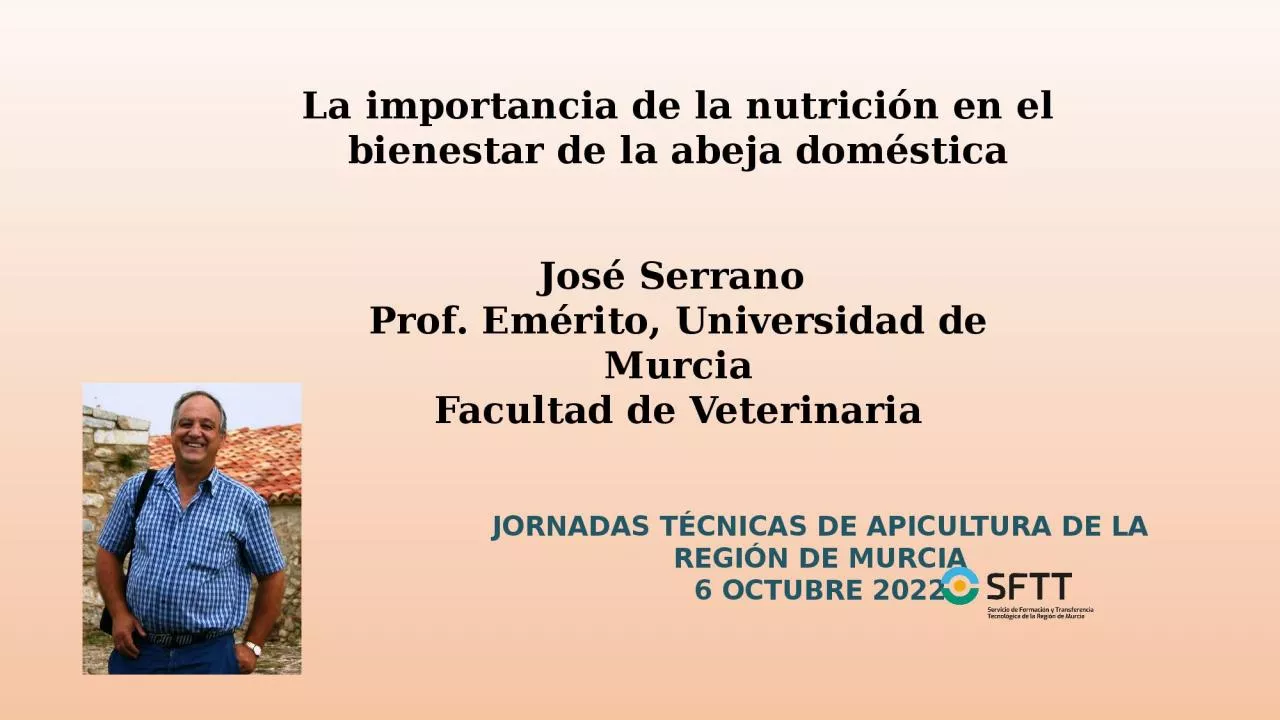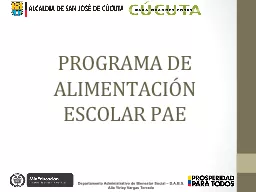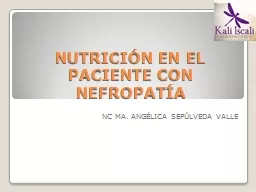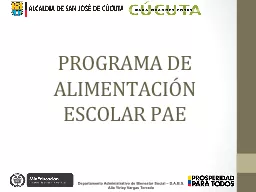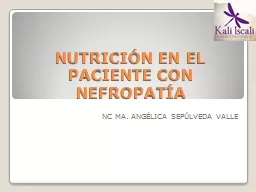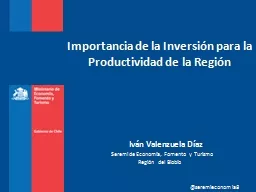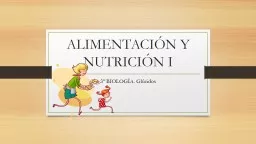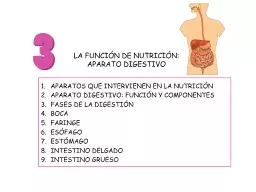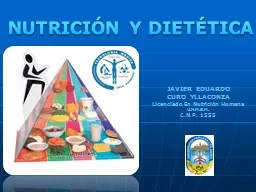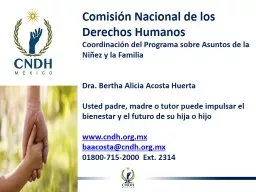PPT-La importancia de la nutrición en el bienestar de la abeja doméstica
Author : brown | Published Date : 2024-01-03
José Serrano Prof Emérito Universidad de Murcia Facultad de Veterinaria JORNADAS TÉCNICAS DE APICULTURA DE LA REGIÓN DE MURCIA 6 OCTUBRE 2022 Hay un consenso
Presentation Embed Code
Download Presentation
Download Presentation The PPT/PDF document "La importancia de la nutrición en el bi..." is the property of its rightful owner. Permission is granted to download and print the materials on this website for personal, non-commercial use only, and to display it on your personal computer provided you do not modify the materials and that you retain all copyright notices contained in the materials. By downloading content from our website, you accept the terms of this agreement.
La importancia de la nutrición en el bienestar de la abeja doméstica: Transcript
Download Rules Of Document
"La importancia de la nutrición en el bienestar de la abeja doméstica"The content belongs to its owner. You may download and print it for personal use, without modification, and keep all copyright notices. By downloading, you agree to these terms.
Related Documents

